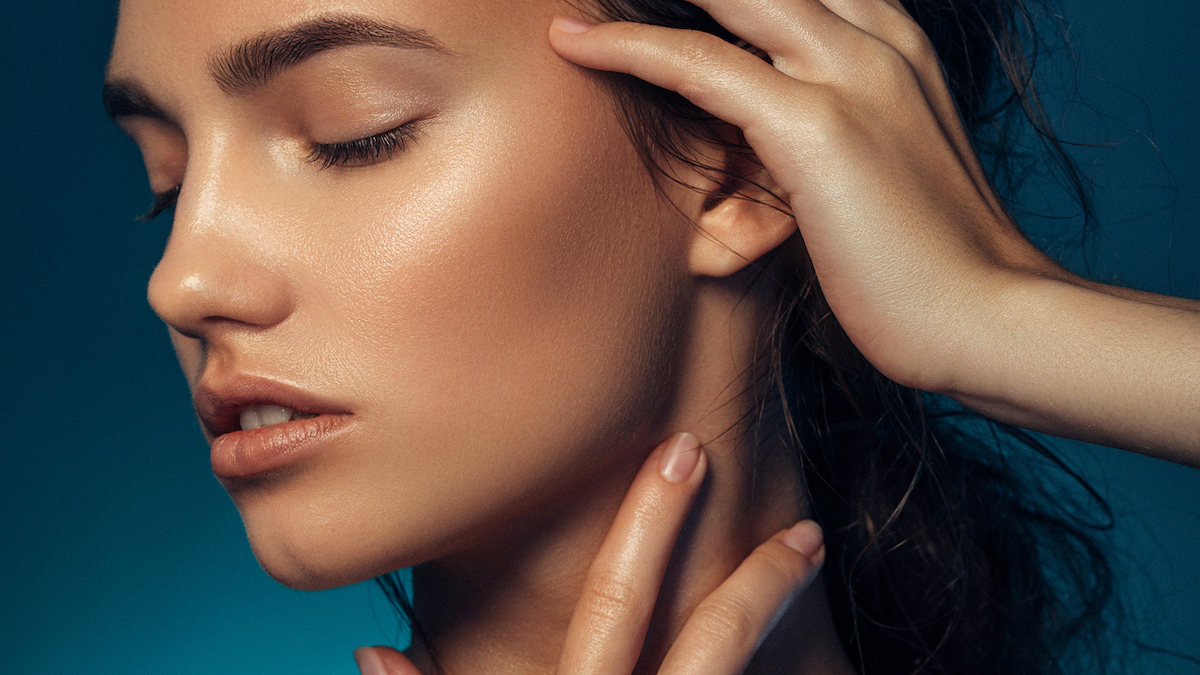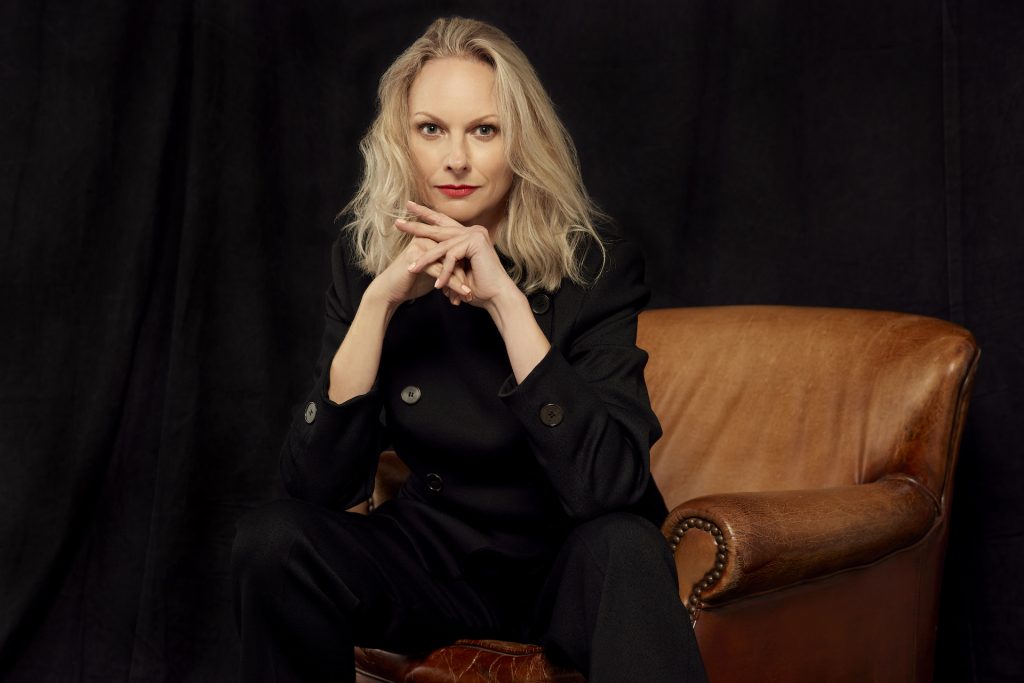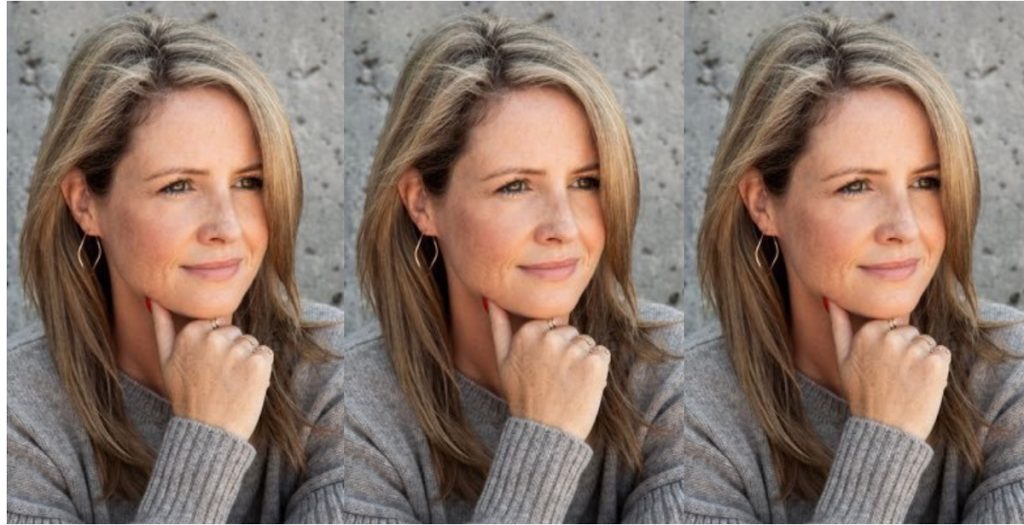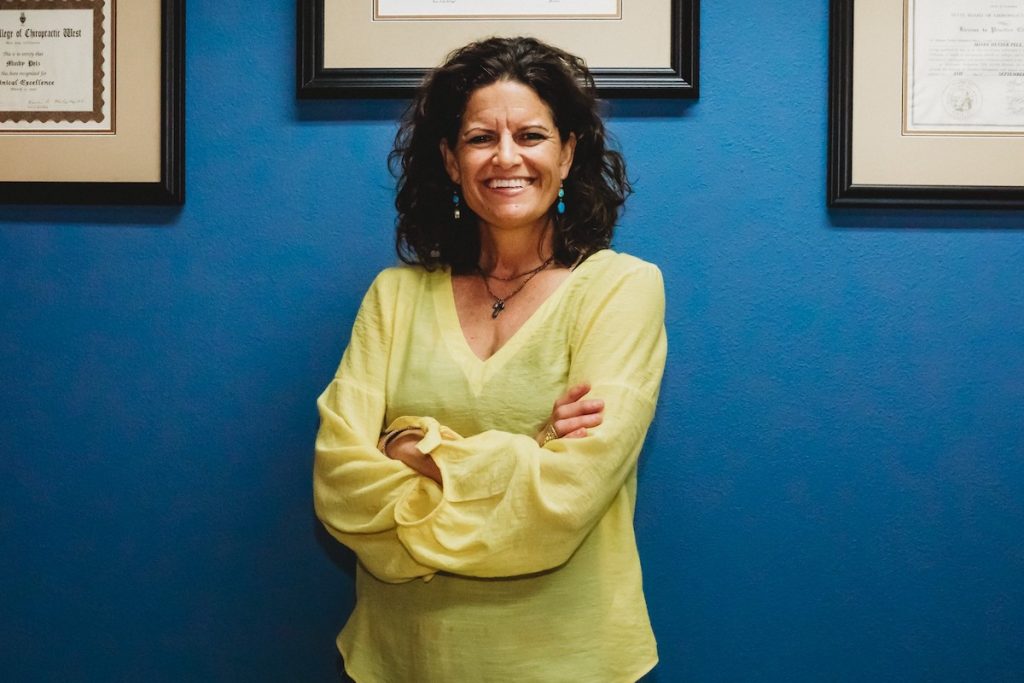Just when you thought you had enough damn things to worry about, along comes a problematic phenomenon that’s a complete pain the neck. It’s called ‘jeck’ – the fleshy, excess skin below your chin (where your jaw and jowls meet your neck) and it’s apparently becoming more common by the day. Delightful.
Of course, jecks are an inevitable fact of life; the more we age, the more elastin, fat and bone we lose, and the less defined our jawline becomes. But, in recent years, dermatologists have been seeing ageing in this area on women in their 20s that, in the past, they would have seen on women in their 50s. It’s caused by the constant motion of looking down at our phones which creates deep folds in the skin, that, over time (are you ready for this?) causes the skin to ‘dis-attach’ from the epidermis.
Holding your phone up higher does help, and if you’re looking at your phone in bed, it’s best to do it on your side, so you don’t create folds that eventually become deep lines. Speaking of, a lot of women who sleep on their sides get a deep linear crease down the décolletage because their breasts fold together at night. So, sleeping on your back is a much better alternative.
You can, of course, try one of the many ‘tweakments’ available, from PDO threads to Botox and dermal fillers. But if none of these procedures are appealing, there are less invasive treatments from hydrating sheet masks to chin-slings. Always remember to cleanse your neck and chest properly – treat your décolletage as you do your face – with a good home skincare routine, and never go out without SPF.
Finally, you can also practise a type of facial yoga. Based on traditional Chinese medicine and ancient Indian practices, facial yoga involves massaging and moving facial muscles with the aim of toning and tightening them. We particularly love these exercises from cosmetic acupuncturist, Sarah Bradden.
SIGN UP to The Suite – it’s the magazine-style newsletter you’ll actually want to read.




